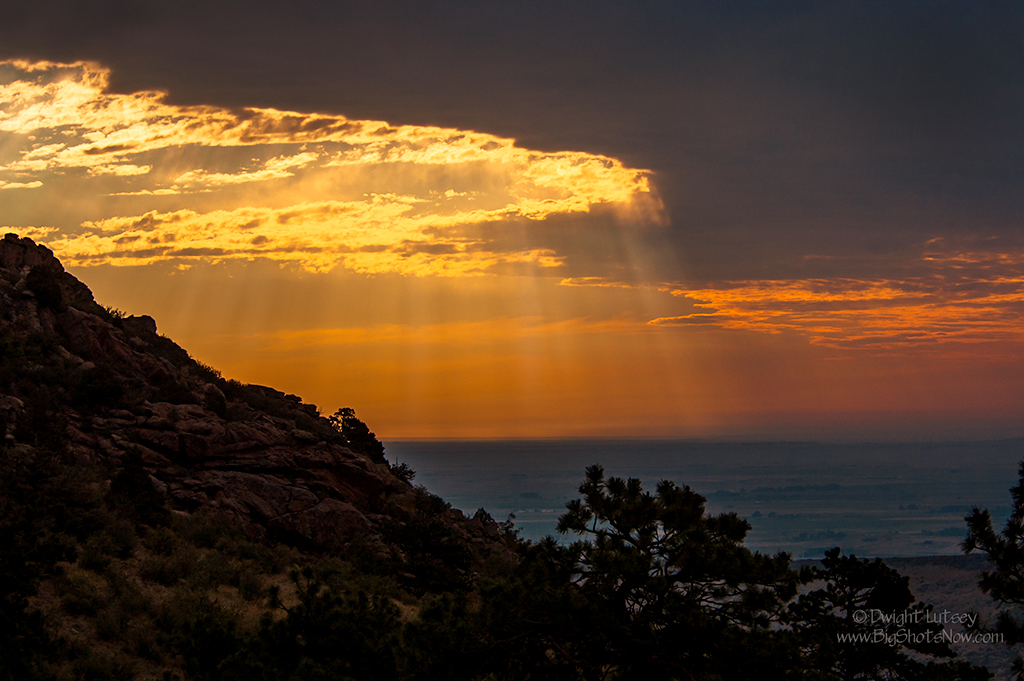
Many of you long time readers are aware of *The Institute’s weather modification program. We developed this ability to modify and even create certain kinds of weather early on in The Institute’s development. This was done for many reasons, all of them altruistic, but mainly for money. The Institute is expensive to run and maintain and we seek funds wherever we might find them.
We have different projects in the works constantly to fund our operation, from our innovative metal can retrieval program from the roadsides of our Nation’s highways to assisting NASA with their Space Program by supporting probes to Uranus and beyond. We have an outreach program where we have housebound or incarcerated individuals address envelopes for various corporations to help keep the Post Office’s Junk Mail program alive. That keeps untold dozens of postal workers busy and gainfully employed. There is no project too small if it assists us in maintaining the integrity and longevity of The Institute and brings in a buck or two.
Our supremacy had been untouchable in the weather modification arena and we had been so far out front that you had to jump up in the air real high to even see our dust. Then the Aussie’s got in the game. Man, they are tough. Their program to limit rain and cause desertification of huge areas, if not all of their country, has been unassailable. Our program to “drought up” California has been good but we can’t even touch what the Australians are capable of. Which is difficult for us to admit. Right now they’re the ones we watch.
Because of their (we’re talking about those miserably overachieving Aussies here) ability to make inroads into the weather modification business in general, we have had to look for other areas of the business to augment our extensive programs. We believe we’ve hit on something the rest of the WeatherMod group hasn’t touched yet and that is the untouched field of Boutique Weather. This is a small business at this time but we think the potential is absolutely enormous.
There are many very wealthy States that have incredible tourism businesses. States like Colorado, Utah, Arizona ( a biggie ) Montana, parts of New Mexico and when they pay their bills (which is why we have them in a “droughtie” right now) Northern California that are looking for that edge to keep those tourists coming in and to keep them there longer. That’s where we come in. We are already supplying many of those states and other small touristy kind of countries with custom-designed sunrises and sunsets. With our new custom “Cloud Cutting” ability we can custom tailor those sunrises and sunsets by ‘cutting’ the edges and shapes of the clouds so that they can feature or highlight a tourist drawing element, by allowing the light to be directed on them for maximum viewing pleasure. Think, Devil’s Tower, or parts of the Grand Canyon, Isis for instance, where before you had a pleasant sunset that sort of showed off the various elements of the scene, but now with our Patented Applied For “Cloud Cutting” technology, those individual elements can be seen by those money-toting tourists much more clearly and colorfully than ever before. Talk about making it rain greenbacks, we can hardly keep up with the demand for these new custom tailored clouds. Now coupled with our ability to create clouds of any size, shape or profile we feel we have a real winner here. Need God beams, we can do that. Need tiny or large holes or openings in your cloud for extra special effects? We can do that. Right now the sky’s the limit, so to speak.
The image featured above is over the Eastern edge of The Institute’s testing grounds where we work on many of our new weather projects. This is the program at work using the new “Sun nibbling” feature where we are sculpting the edge of the cloud to perhaps highlight a small secluded cove on the Eastern Seaboard, or perhaps one of the little canyons that feed into the Grand Canyon, or a meadow up in Yellowstone where elk graze in the early morning or evening. The possibilities are only limited by your imagination.
We have high hopes for this new element in our Weather modification program and already interest is running high for this unique new addition and we see big things on the horizon. Watch the sky above and stay tuned for further innovations.
* Note: For those of you unfamiliar with The Institute and what it does, please see the page labeled The Institute on the Menu Bar above. That should explain everything. You shouldn’t have one single question remaining regarding The Institute after reading it. None. For those of you favored few who already know about the Institute, Nevermind.

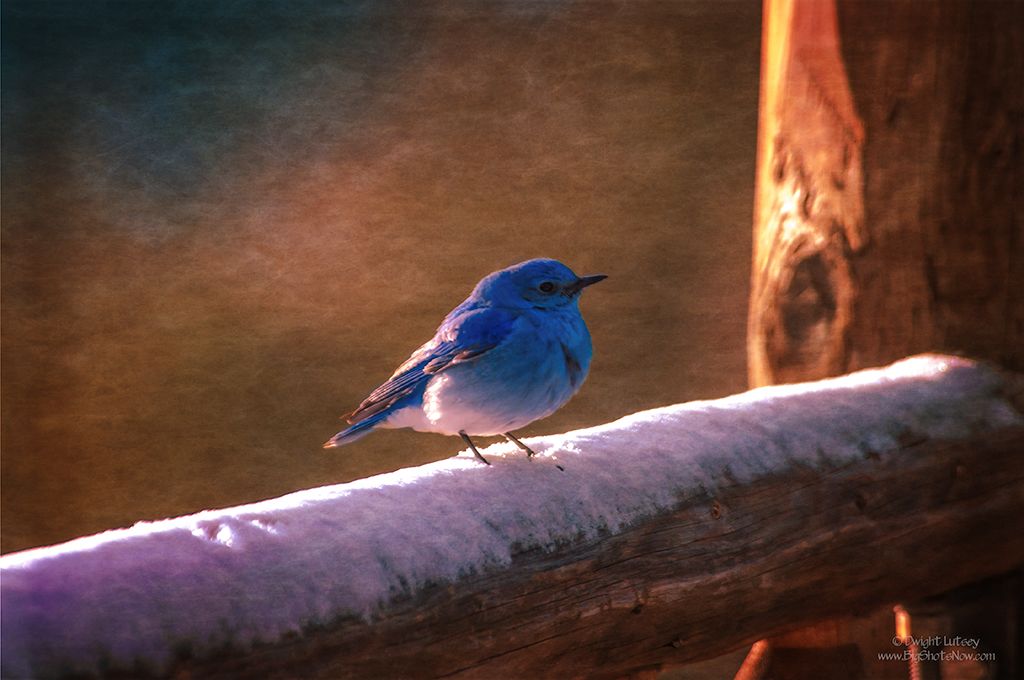
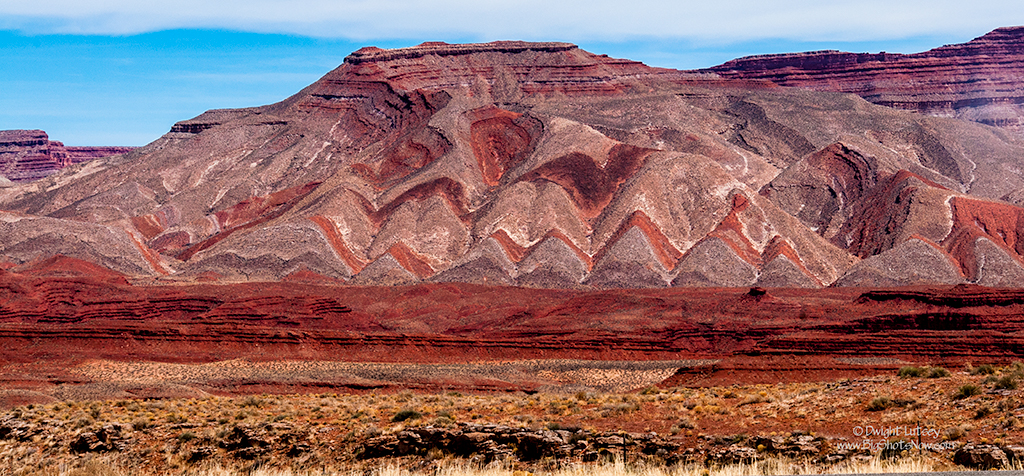


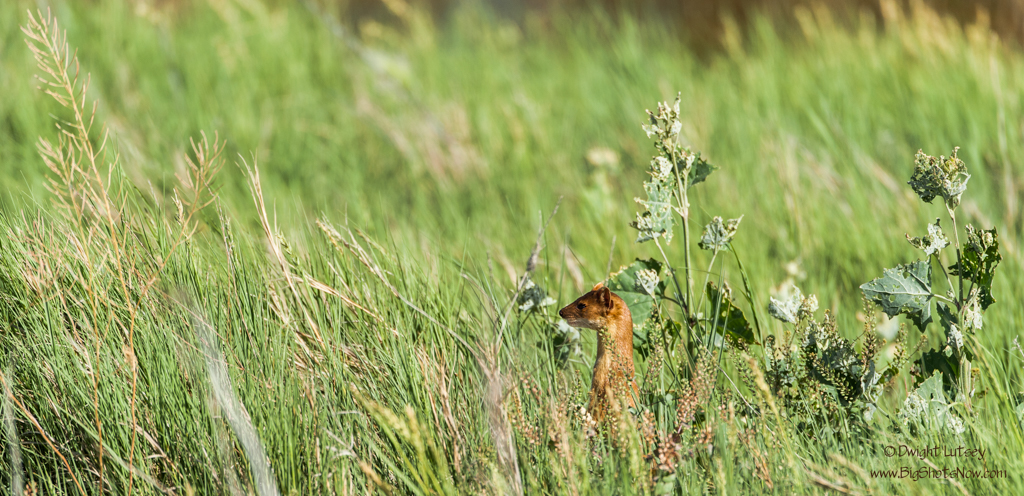
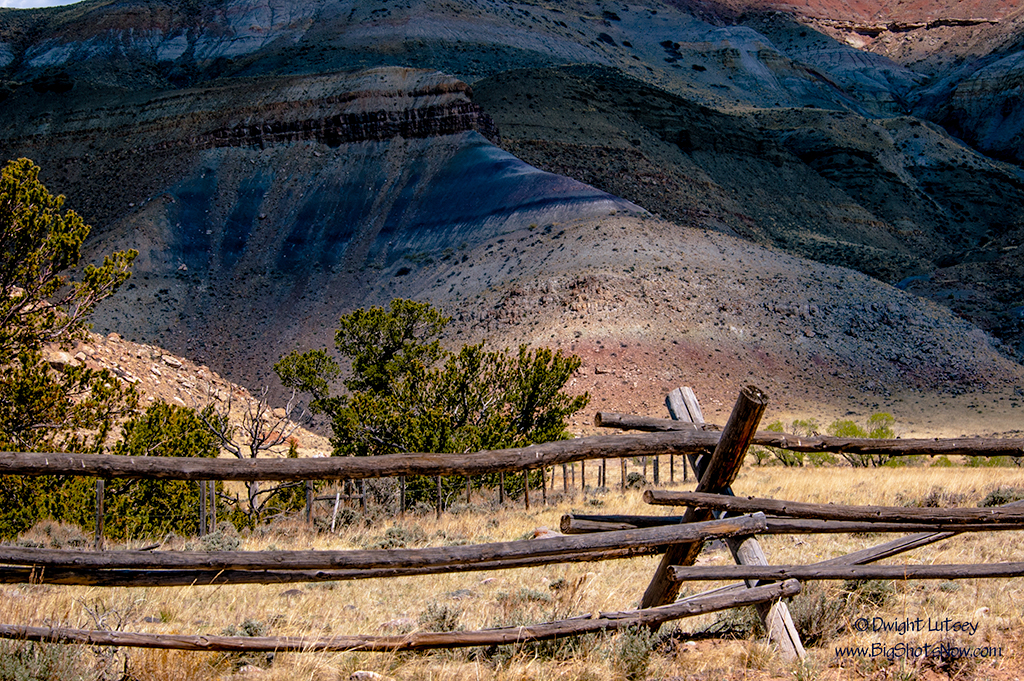
You must be logged in to post a comment.